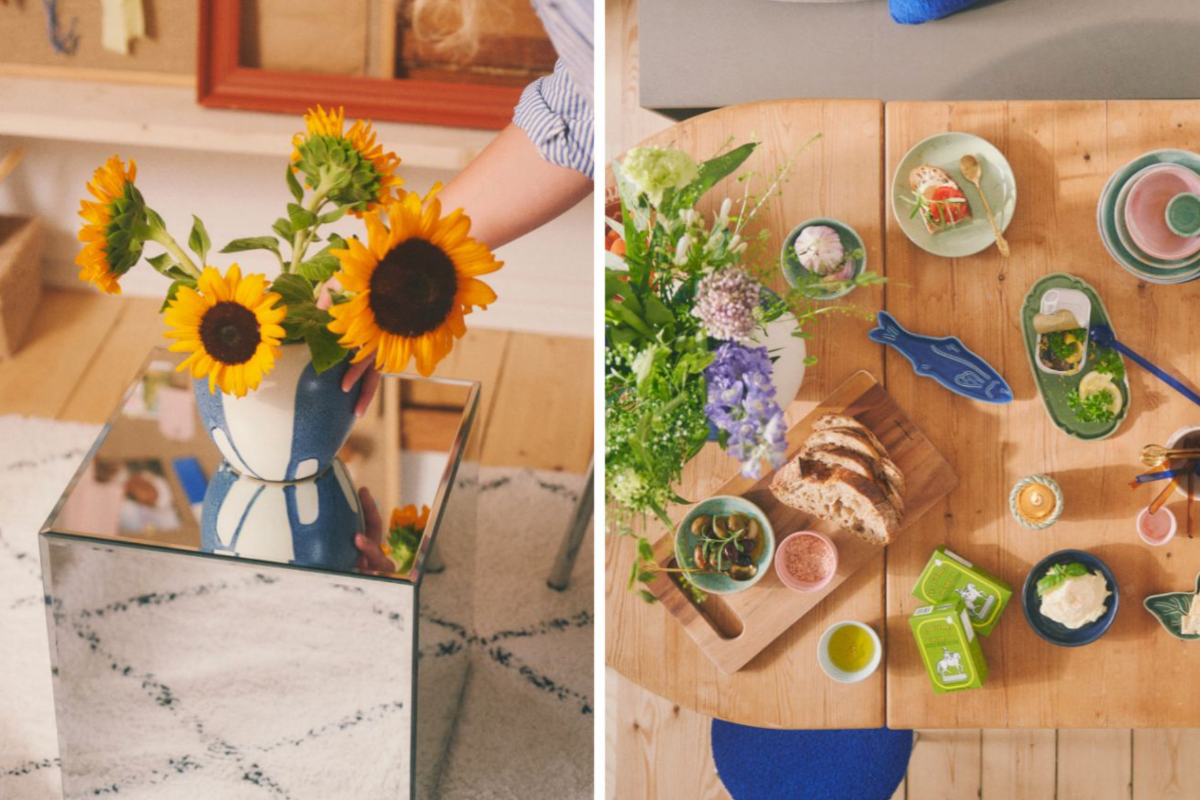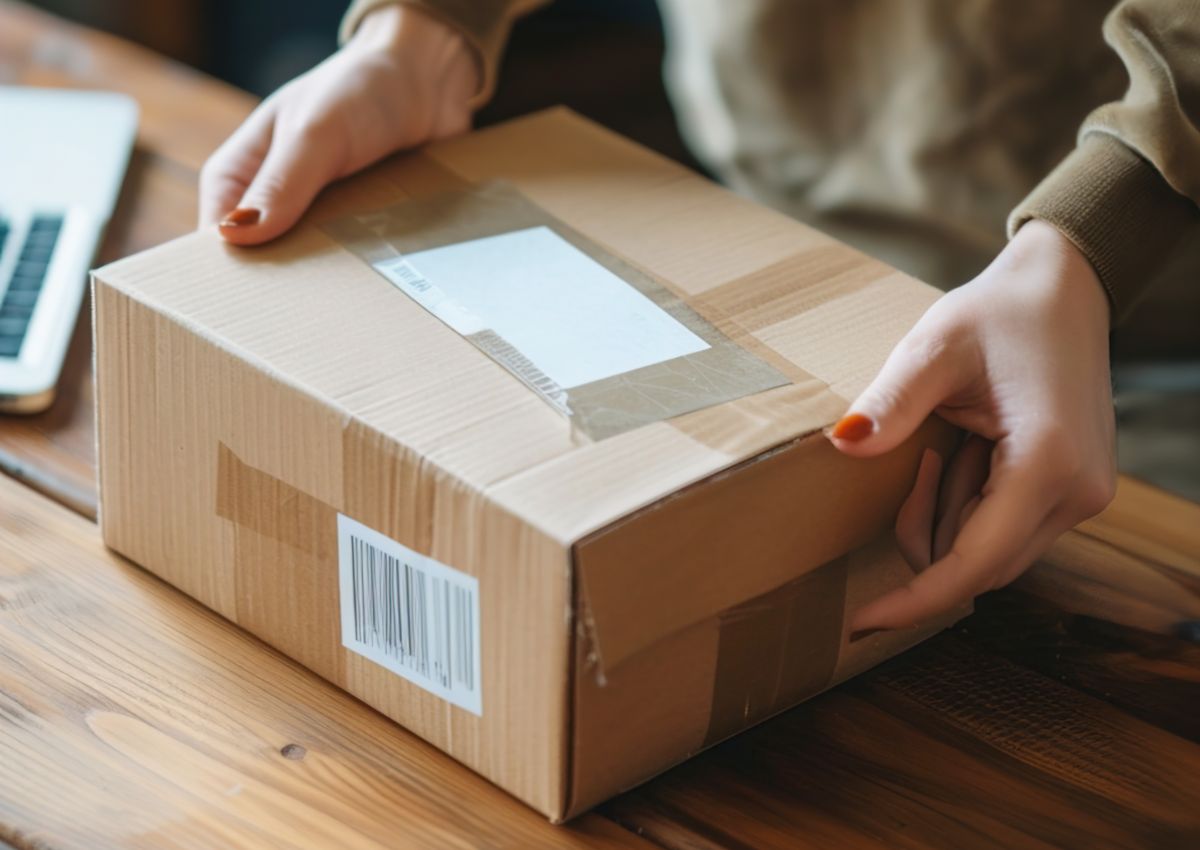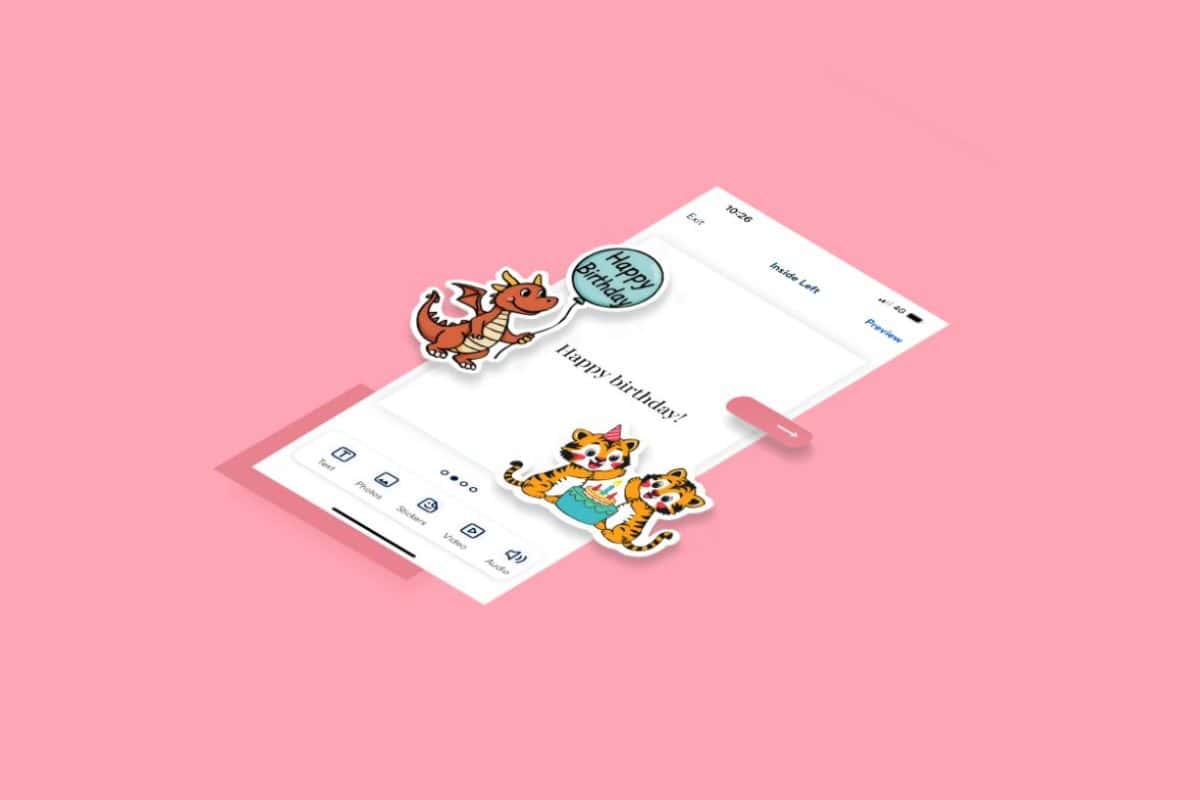Ecommerce and related technologies mean that consumers are taking longer to decide what to buy, a new report suggests.
Technology, therefore, is slowing, not speeding, the purchase journey, says the 2014 Retail Report from retail property specialist Hammerson and analysts Conlumino. The Considered Consumer report says that ten years ago, consumers went from initial consideration to purchase in half a day. Today, it takes three and a half days to reach the same point. Over the same period, browsing has gone from 50 minutes to 90 minutes today. The time taken to complete the transaction, however, has speeded up: going from eight minutes to six minutes.
Customers, the report suggests, are now more willing to wait for good value. Some 70% now say they hardly ever buy at full price, and 60% say they’ll always wait for a product to be on offer.
Impulse purchases have given way to planned purchasing, especially since online has made it easier to compare ranges and prices, the report suggests. Shoppers are using around 13 stores regularly, compared to around seven 10 years ago, and some 45% of shoppers say they now use three or four sales channels to shop – compared to one or two channels in 2002.
The report suggests that when consumers go to the shop they do so with three key approaches: the short and focused convenience shop, the experience shop that might combine a leisure activity with retail spending of around £57, and the luxury shop, in which shoppers spend around £225 or more. In 2013, convenience trips accounted for a total shopping value of £29bn, experience trips of £14bn and luxury trips of £10bn, the report estimates.
David Atkins, chief executive of Hammerson said: “Today’s Considered Consumer holds the balance of power compared to the consumer of ten years ago. Shoppers nowadays can choose the channel they wish to shop with, when they shop, the price they wish to pay and they have a host of destination options. Retailers have to work harder than ever to attract this customer – they need to distinguish their brand and their value proposition and it’s essential to create compelling shopping environments both on and offline if they are to continue appealing to today’s consumer.
“While retailers continue to adapt to changing consumer demand, we also have to continue to develop iconic destinations with engaging and sociable spaces. Across the three styles ofshopping, consumers are expecting more and it’s no longer just about shops. Our centres are increasingly moving towards entertainment centres, which need to excite and surprise shoppers on every visit.”
Neil Saunders, managing director of Conlumino , said: “Since the downturn the modern consumer has been very fortunate, the majority of people own an abundance of products and don’t have a pressing need to buy more. The problem for retailers is that this abundance can create a complacency and boredom towards shopping; it’s much more difficult to excite people than it used to be.
“One of the solutions is to understand that shopping is much more than about buying things, it’s about being entertained, having a day out, and about being inspired. The retailers and shopping destinations that react to this change are much more likely to generate footfall and build loyal shoppers who will visit again and again.”
Martin Smethurst, managing director of retail at technology business Wincor Nixdorf, says that in-store innovations have a part to play with improving the shopping experience. “Advances in technology should bring new opportunities and ways to engage even more with customers. In fact, mobile payment, click and collect, contactless payments and kiosks can all ensure that paying becomes an experience in itself,” he said. “The layout of some stores haven’t changed in years, but shopper habits are changing all the time.”








